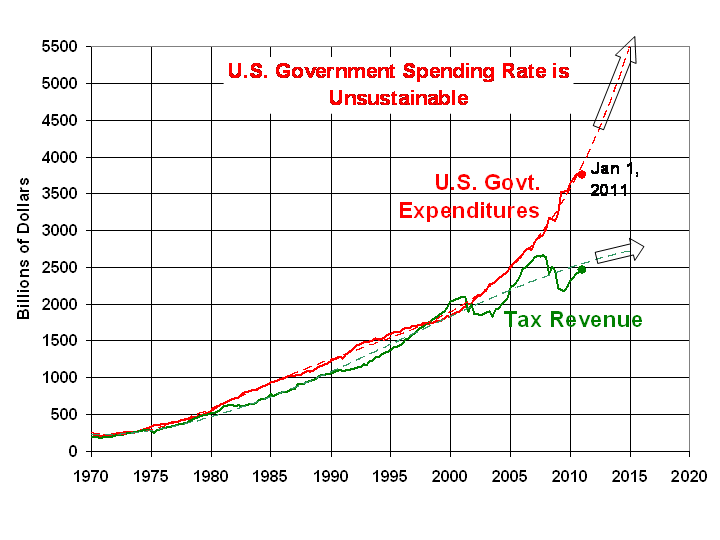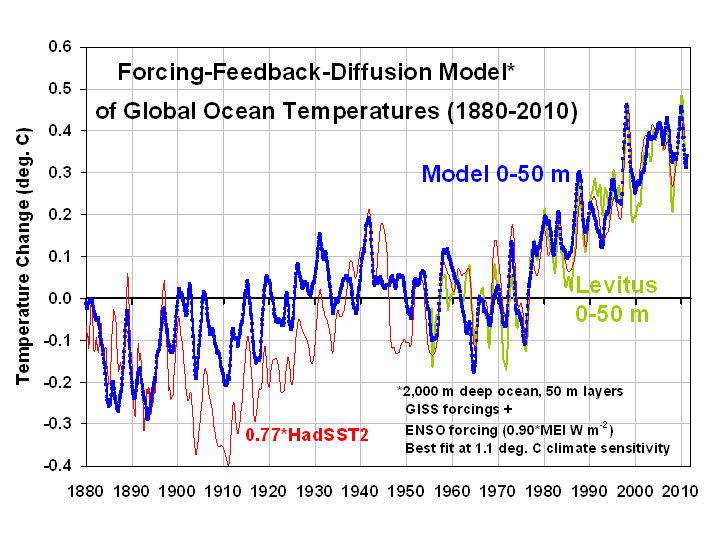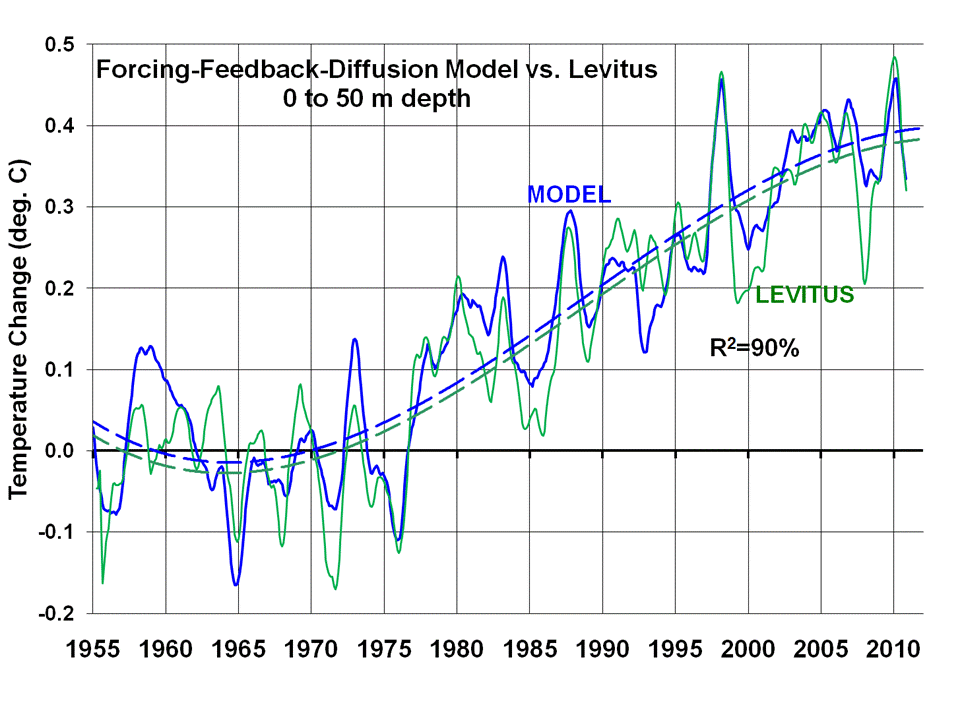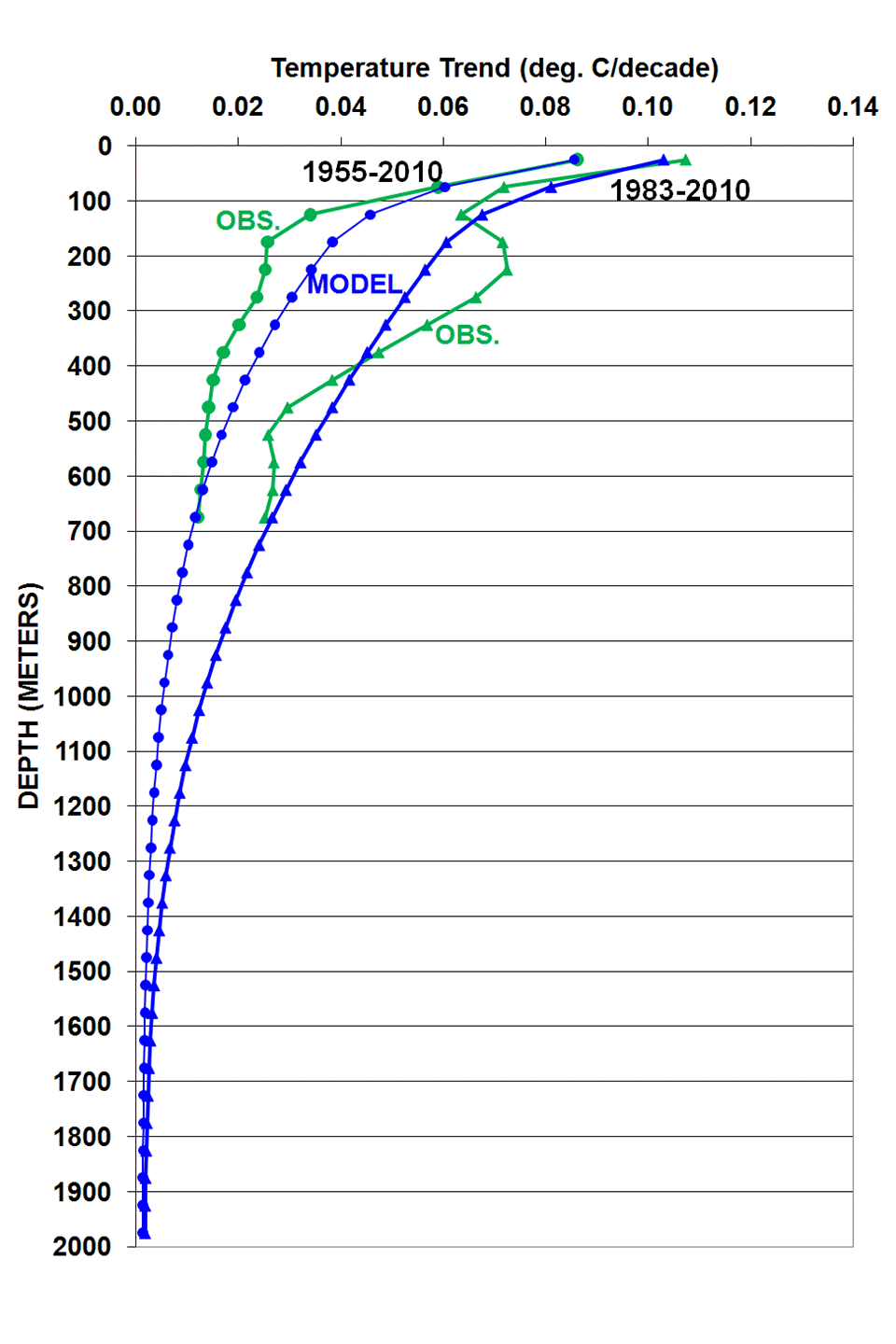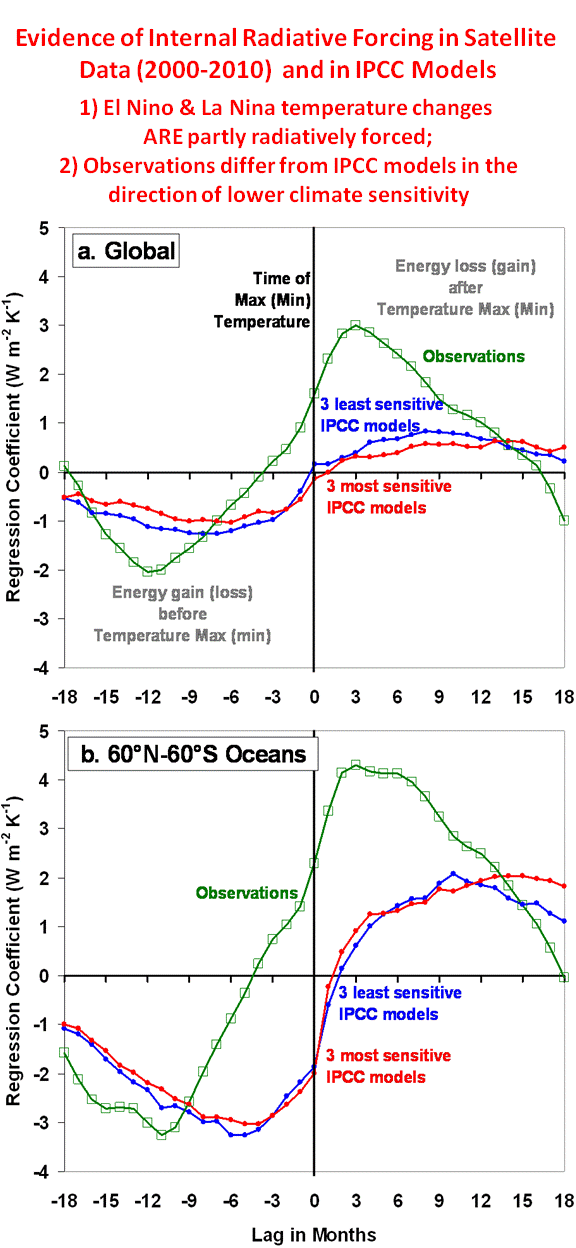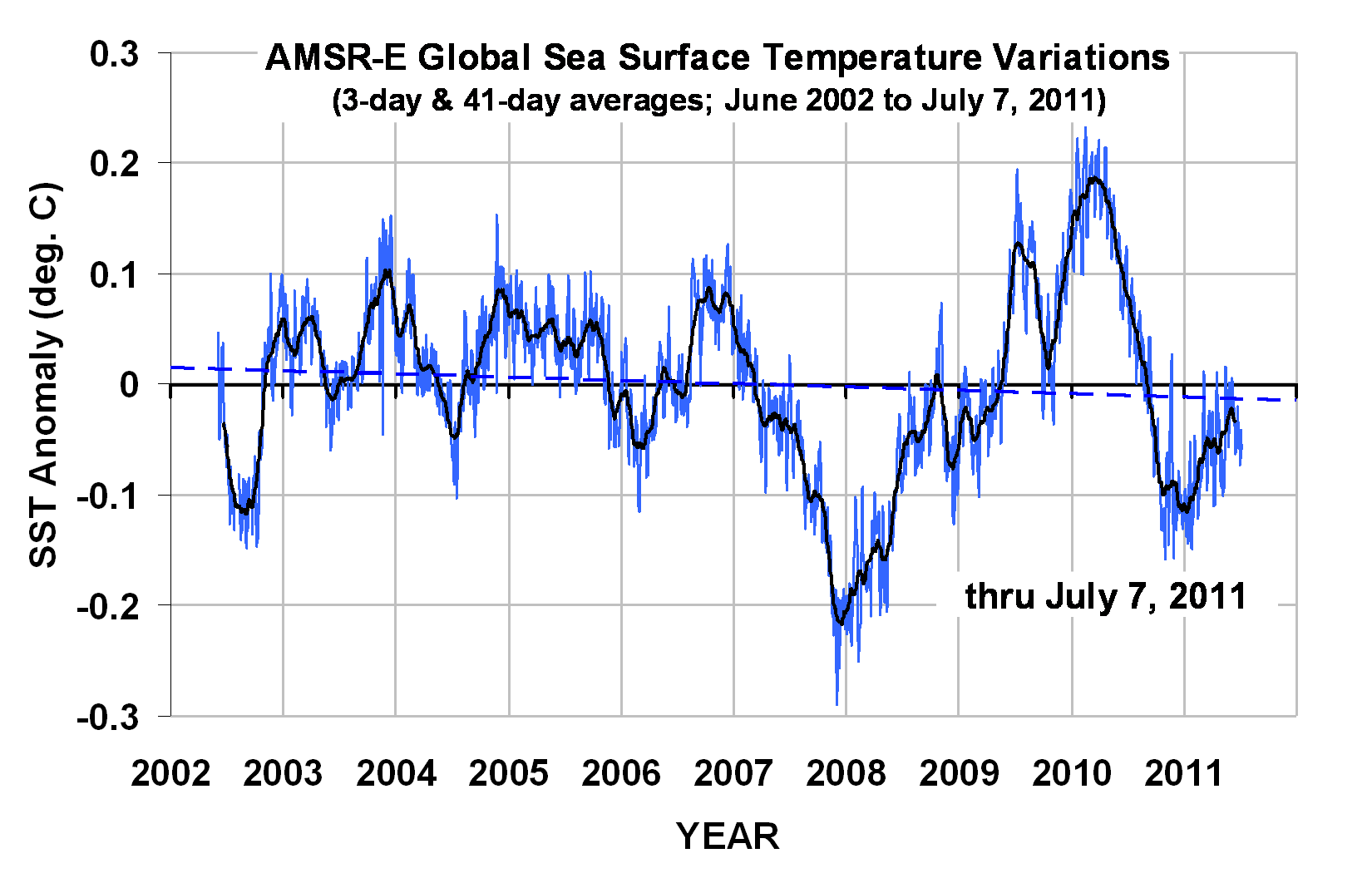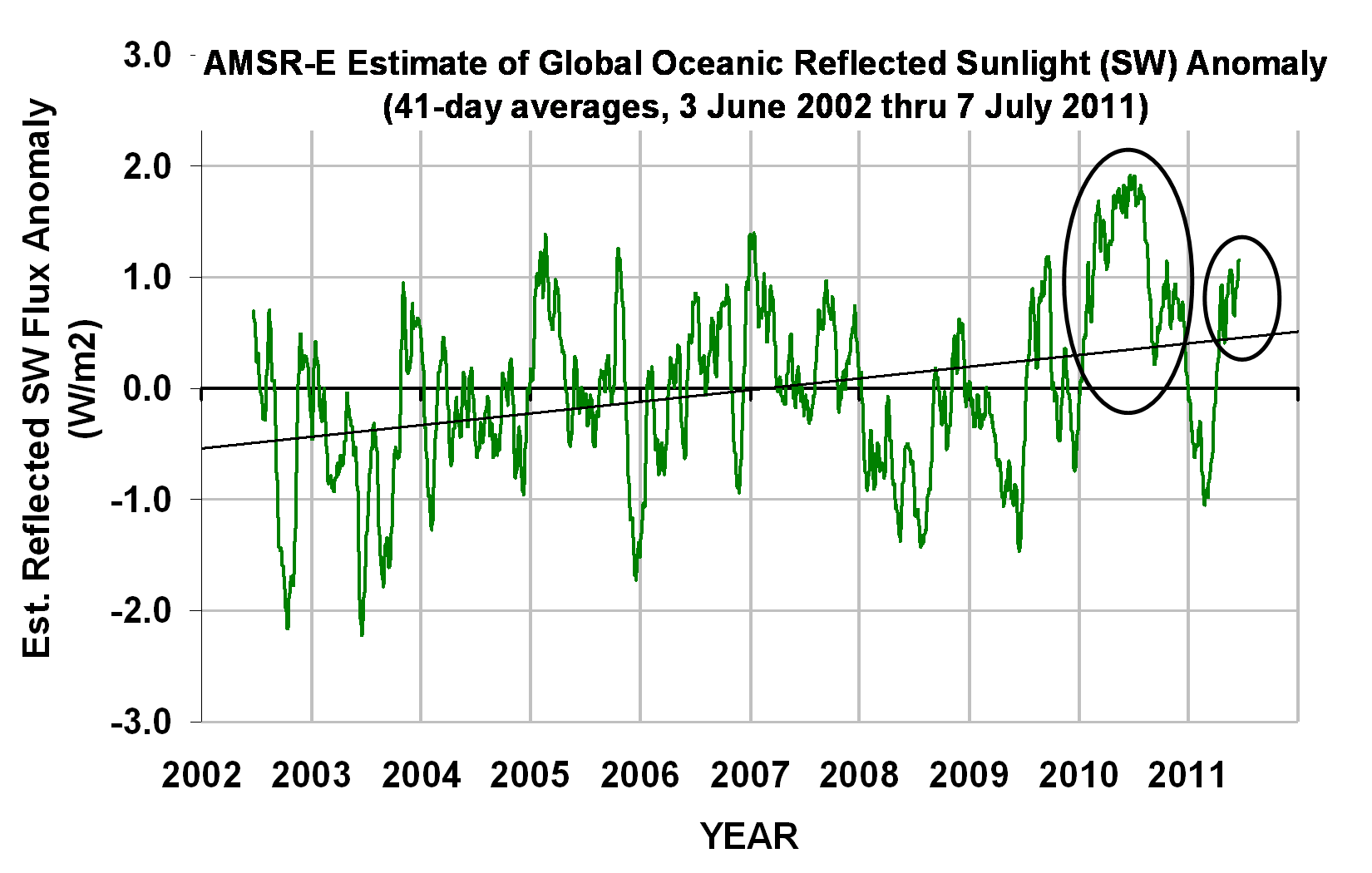 So, we continue to be treated to news articles (e.g. here, and here.) quoting esteemed scientists who claim to have found problems with our paper published in Remote Sensing, which shows huge discrepancies between the real, measured climate system and the virtual climate system imagined by U.N.-affilliated climate modelers and George Soros-affiliated pundits (James Hansen, Joe Romm, et al.)
So, we continue to be treated to news articles (e.g. here, and here.) quoting esteemed scientists who claim to have found problems with our paper published in Remote Sensing, which shows huge discrepancies between the real, measured climate system and the virtual climate system imagined by U.N.-affilliated climate modelers and George Soros-affiliated pundits (James Hansen, Joe Romm, et al.)
Their objections verge on the bizarre, and so I have to wonder whether any of them actually read our paper. I eagerly await their published papers which show any errors in our analysis.
Apparently, all they need to know is that our paper makes the U.N. IPCC climate models look bad. And we sure can’t have that!
What’s weird is that these scientists, whether they know it or not, are denying the 1st Law of Thermodynamics: simple energy conservation. We show it actually holds for global-average temperature changes: a radiative accumulation of energy leads to a temperature maximum…later. Just like when you put a pot of water on the stove, it takes time to warm.
But while it only takes 10 minutes for a few inches of water to warm, the time lag of many months we find in the real climate system is the time it takes for several tens of meters of the upper ocean to warm.
We showed unequivocal satellite evidence of these episodes of radiant energy accumulation before temperature peaks…and then energy loss afterward. Energy conservation cannot be denied by any reasonably sane physicist.
We then showed (sigh…again…as we did in 2010) that when this kind of radiant forcing of temperature change occurs, you cannot diagnose feedback, at least not at zero time lag as Dessler and others claim to have done.
If you try, you will get a “false positive” even if feedback is strongly negative!
The demonstration of this is simple and persuasive. It is understood by Dick Lindzen at MIT, Isaac Held at Princeton (who is far from a “skeptic”), and many others who have actually taken the time to understand it. You don’t even have to believe that “clouds can cause climate change” (as I do), because it’s the time lag – which is unequivocal – that causes the feedback estimation problem!
Did we “prove” that the IPCC climate models are wrong in their predictions of substantial future warming?
No, but the dirty little secret is that there is still no way to test those models for their warming predictions. And as long as the modelers insist on using short term climate variability to “validate” the long term warming in their models, I will continue to use that same short term variability to show how the modelers might well be fooling themselves into believing in positive feedback. And without net positive feedback, manmade global warming becomes for all practical purposes a non-issue. (e.g., negative cloud feedback could more than cancel out any positive feedback in the climate system).
If I’m a “denier” of the theory of dangerous anthropogenic climate change, so be it. But as a scientist I’d rather deny that theory than deny the 1st Law of Thermodynamics.

 Home/Blog
Home/Blog
